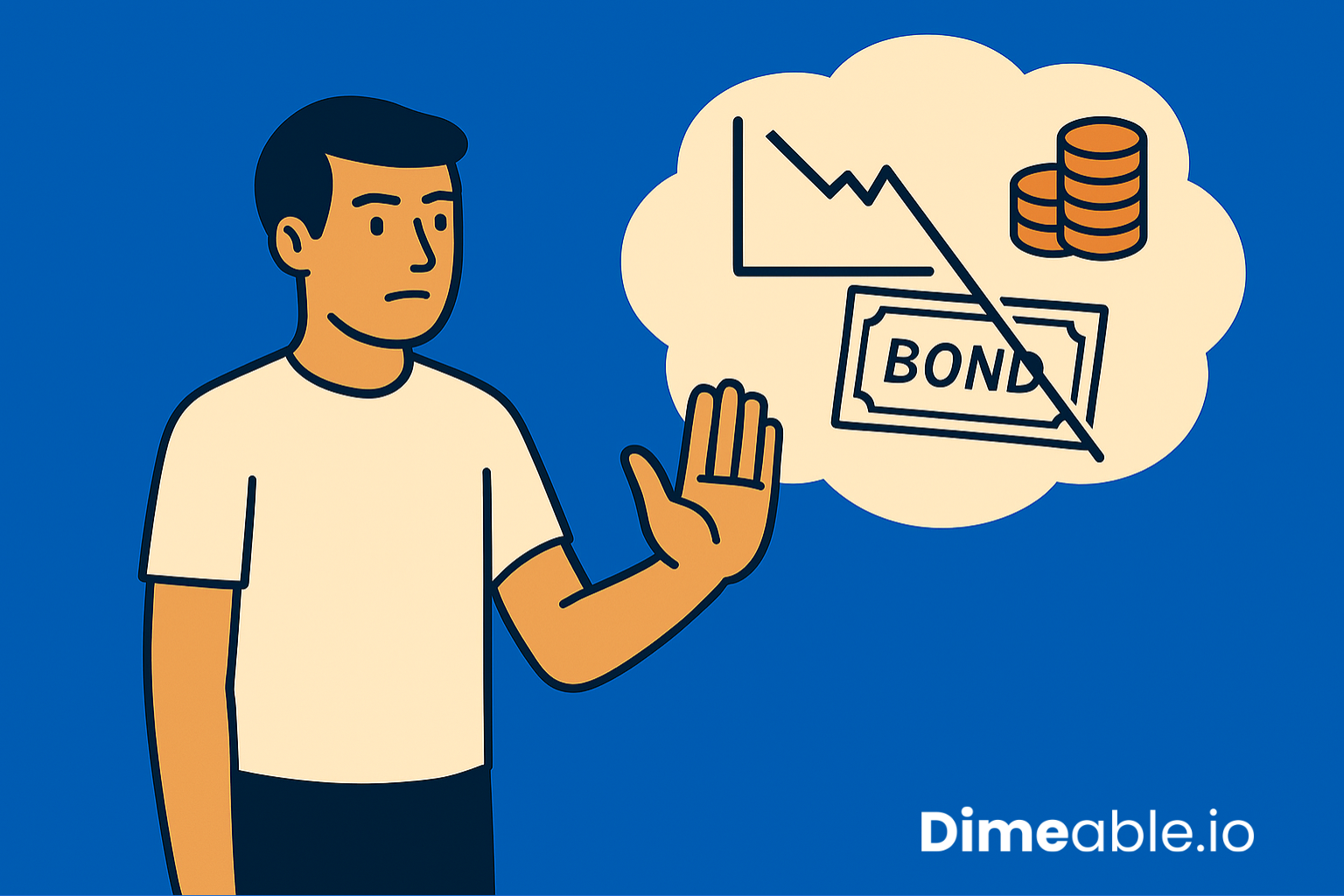India is experiencing a remarkable transformation in its payment landscape, driven by the rapid adoption of digital payment systems. This change is revolutionizing how people transact, reflecting the country’s push towards becoming a cashless economy. Fueled by government initiatives, technological advancements, and a growing reliance on smartphones, the surge in digital payments is reshaping commerce, banking, and daily life for millions.
This article explores the factors driving India’s digital payments boom, analyzes key trends, highlights the benefits and challenges, and looks ahead to what the future holds for this thriving sector.
1. The Factors Behind India’s Digital Payments Revolution
Several interconnected factors have contributed to the meteoric rise of digital payments in India:
- Government Initiatives
The Indian government has played a pivotal role in fostering digital payments. Initiatives like Digital India and Pradhan Mantri Jan Dhan Yojana (PMJDY) have promoted financial inclusion, encouraging millions of unbanked individuals to open bank accounts and adopt digital financial services. In addition, demonetization in 2016 was a significant trigger, as it led to a temporary shortage of cash, prompting people to explore digital alternatives. - Unified Payments Interface (UPI)
Introduced in 2016, the Unified Payments Interface (UPI) is a revolutionary platform developed by the National Payments Corporation of India (NPCI). UPI allows users to make real-time bank-to-bank transfers using mobile apps. Its simplicity and interoperability across banks and fintech apps have made it the backbone of digital payments in India. In August 2023, UPI clocked 10.58 billion transactions, underscoring its widespread use. - Smartphone Penetration and Internet Accessibility
The surge in smartphone ownership, coupled with affordable mobile internet, has been instrumental in the adoption of digital payment systems. According to the Telecom Regulatory Authority of India (TRAI), India had 1.16 billion mobile subscribers as of 2023, with 700 million internet users, creating a vast user base for digital payment solutions. Affordable data plans have made mobile banking and e-wallets easily accessible to a broad demographic, including rural populations. - The Role of Fintech
The rise of fintech companies has further fueled the digital payments boom. Companies like Paytm, PhonePe, Google Pay, and BharatPe have developed user-friendly apps that make it easy for people to make payments, transfer money, and pay bills online. Fintechs have also integrated UPI, making it a seamless part of their offerings. In 2022, India’s fintech sector attracted $8.6 billion in investments, reflecting the global confidence in its growth potential.
2. Key Trends in India’s Digital Payments Space
The shift towards digital payments has introduced several key trends:
- Contactless Payments
Contactless payment methods, such as NFC (Near-Field Communication)-enabled cards and mobile wallets, have gained traction, particularly in urban areas. The COVID-19 pandemic accelerated this trend, as consumers sought safer, more hygienic ways to transact. Contactless payments, both online and in-store, are projected to grow as consumers prioritize convenience and security. - QR Code Payments
QR codes have become ubiquitous in India, especially in small and medium-sized enterprises (SMEs). From street vendors to large retailers, merchants across the country have adopted QR code payments due to their low setup cost and ease of use. The Bharat QR code, launched by the NPCI, is a unified QR system that works across multiple platforms, making it a favored choice for businesses. - The Rise of Buy Now, Pay Later (BNPL)
The Buy Now, Pay Later (BNPL) model is gaining popularity, especially among millennials and Gen Z consumers. This service allows users to make purchases and defer payments without incurring interest, which has been a significant draw in sectors like e-commerce, travel, and retail. Major players in the BNPL space include LazyPay, Simpl, and ZestMoney, and the sector is expected to grow at a compound annual growth rate (CAGR) of 45-47% by 2026.
3. Benefits of the Digital Payments Ecosystem
The rapid expansion of digital payments in India offers numerous benefits to consumers, businesses, and the economy:
- Financial Inclusion
Digital payments have empowered underserved populations, particularly in rural areas, to access formal financial services. The integration of digital wallets with bank accounts has bridged the financial gap for millions, bringing banking services to those previously excluded. - Convenience and Speed
Digital payments offer unprecedented convenience, enabling users to pay bills, transfer money, and shop online with just a few taps on their smartphones. The real-time processing of UPI transactions means that users no longer have to deal with the delays and costs associated with traditional payment methods. - Transparency and Reduction of Cash Economy
The digitalization of payments contributes to a more transparent financial system, reducing the reliance on cash and helping to curb illicit transactions. This shift helps the government in tax collection and in formalizing the economy, while also reducing corruption.
4. Challenges Facing the Digital Payments Industry
Despite its rapid growth, the digital payments ecosystem in India faces several challenges:
- Cybersecurity Threats
The rise in digital transactions has attracted cybercriminals, making security a major concern. Phishing attacks, data breaches, and fraud are growing threats. The Reserve Bank of India (RBI) and payment providers are working to implement stronger security measures, such as two-factor authentication and tokenization, to protect users. - Digital Divide
While digital payments are common in urban areas, rural regions still face challenges due to lower internet penetration, lack of digital literacy, and poor infrastructure. Bridging this gap is essential to ensure that the benefits of the digital payments revolution reach all sections of society. - Interoperability Issues
Although platforms like UPI have improved interoperability, certain payment systems still face challenges in integrating with each other, leading to fragmentation in the market. Overcoming these barriers will be key to fostering a more unified and inclusive payment ecosystem.
Conclusion
India’s digital payments boom is transforming the way individuals and businesses conduct transactions, signaling a move towards a more connected and transparent financial system. Government policies, technological innovations, and fintech disruptors have been pivotal in this transformation. However, addressing challenges like cybersecurity risks and bridging the digital divide will be critical to sustaining and expanding this growth.
As India continues to innovate and improve its digital infrastructure, the future of digital payments looks promising, with the potential to not only empower consumers and businesses but also bolster the country’s overall economic development.


